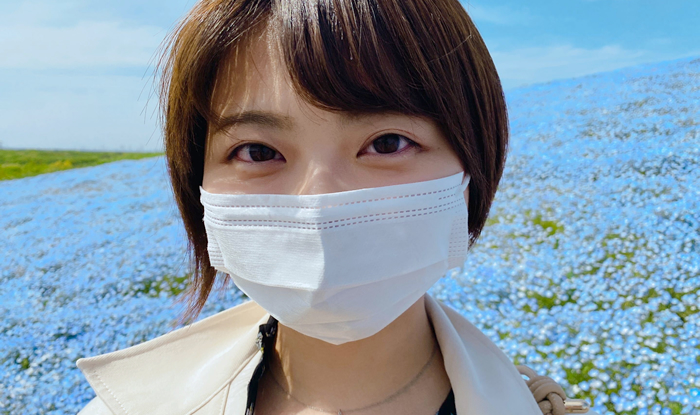- Fields of study:
- Sleep science / Image processing technique
- Mentors:
- Dr. Yu Hayashi / Dr. Hotaka Takizawa

Learn widely and expand your options
I started my research in neuroscience in the Hayashi laboratory since my senior year of college. In order to extract and count the number of signals in images of mouse brain slices, I felt the need for efficient image processing techniques. Therefore, I enrolled in the Ph. D. Program in Humanics and engaged to develop an image processing program for whole brain of mice under the supervision of Dr. Takizawa (sub mentor), who specializes in image processing engineering. Under the direction of Dr. Hayashi (main mentor), I conducted behavioral experiments and immunohistochemical staining, and using the microscopic images obtained from immunohistochemical staining, I developed a new program cooperated with members of Takizawa laboratory. As a result, I was able to publish a paper in April of my second year. I think this is because the Ph. D. Program in Humanics is characterized by bi-disciplinary research.
Another attractive point of the Humanics program is that financial aid is available and the number of required classes is relatively small. Thanks to the financial aid, I don't have to work part-time and can concentrate on my research. Also, once most of the classes are completed in the first year, students can focus on research for the remaining four years. The curriculum is designed to allow students to take classes not only in their field of specialization but also in other fields, and I greatly appreciated that I was able to learn from professors who specialize in different fields, something that would have taken me a long time to master on my own.
The Ph. D. Program in Humanics provides a comfortable research environment, and I am enjoying my research life!
[Time table of an ordinary day]

Experiment using mice brains

Programming for image processing technique

Participation in neuroscience conference in Okinawa using the travel grant
